







The keto-enol equilibrium ensures that this molecule (like all the molecules of this page) may adopt different structures:

Uric acid was found in urinary calculi in 1776 by
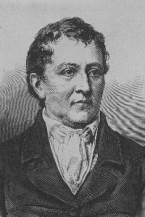
W. Scheele (1742-1786)
Uric acid is a white solid slightly soluble in water. It is a weak acid. This molecule is a waste of protein catabolism. It is present in trace amounts in the blood. It is normally contained in the urine of carnivorous mammals. The feces of birds and reptiles contain up to 80% ammonium urate. Uric acid can produce pathological sediments in the joints (gout). Most salts of uric acid (urates) are slightly soluble in water except lithium urate, where the application of the lithium salts in the treatment of gout.
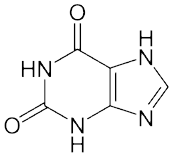
This molecule has important alkaloid derivatives:

This is one of the main active ingredients of the tea leaves. It dilates bronchi and can therefore be used to treat astme. It has → serious contraindications
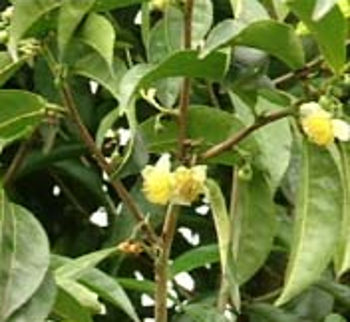
Tea Tree
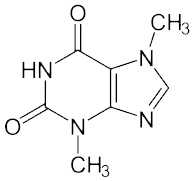
This is one of the main active substances of cocoa. It is diuretic, vasodilatory and cardiostimulante. It has → serious contraindications

Cocoa

This is one of the main active substances of coffee. It is the most consumed psychoactive substance in the world; it is legal in all countries unlike other psychoactive substances. It has → major contraindications
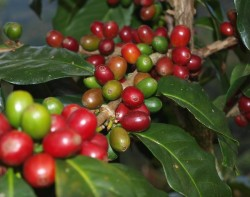
Coffee Tree
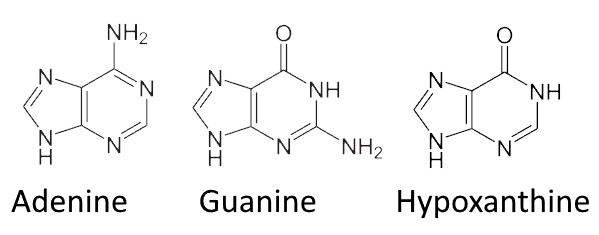
Adénine or Guanine are present in ATP (adénosine triphosphate) or GTP (guanosine triphosphate), coenzymes, which, because of the high energy of their phosphate bonds, ensure the energy transport in the cells.


In DNA, adenine and guanine are attached to the deoxyribose, while in the tRNA, uracil is attached to the ribose:

DNA Portion (Reading from 5' to 3' ): Adenine - Adenine - Guanine